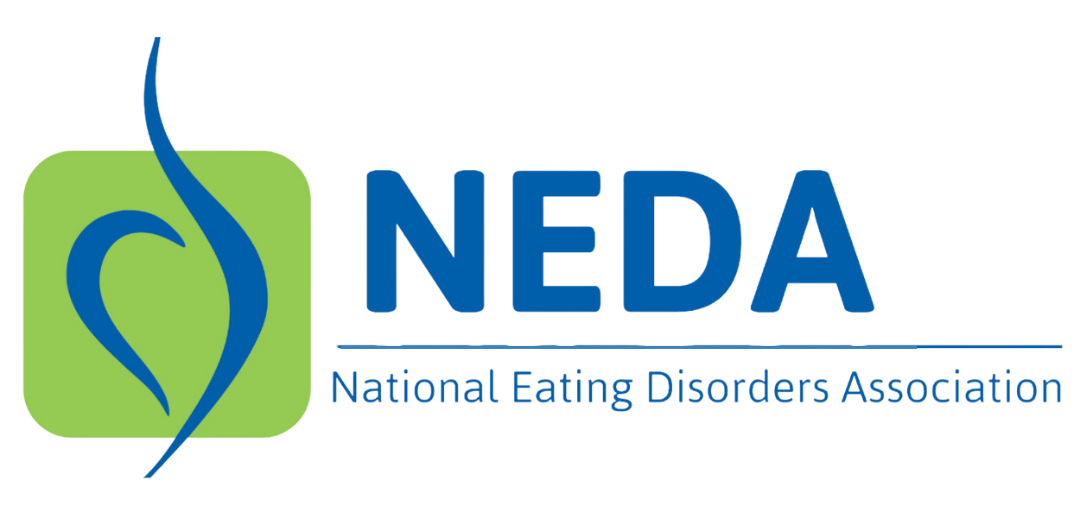We spend more time than ever using media and everywhere we turn there are messages telling us how we should look that can make us feel less confident about our appearance. While we’re probably not going to use less media, we can protect our self-image and body confidence from media’s narrow body ideals that reinforce thinness for women and muscularity for men. It’s all about asking the right questions.
Get media literate!
Get into the habit of questioning media messages and images you see, hear, and read, as well as ones you create and share online. Whether you’re interacting on social media, reading articles and checking out ads in magazines, watching TV shows, movies or Internet videos, or playing video and online games, ask yourself: Who created this message? What creative techniques did they use? Why did they create it? What’s the meaning behind the message? How might different people interpret the message? What does the message mean to me?
5 Key Questions about Body Image
Ask: Who created the message?
What you need to know: Whoever creates media content makes certain choices about what to include or leave out based on values and beliefs, the purpose of the message, and the target audience. Whether the media content is a post or photo shared online by a friend, or an ad created by a company selling a product, or TV show produced by a network, think about who wrote, photographed, edited, designed, produced, and distributed the message.
Ask: What creative techniques are used to construct the message?
What you need to know: Each medium uses specific formats and unique artistic and technical techniques to carefully produce messages. For example, TV shows and movies construct stories with dialogue, casting, settings, camera angles, lighting, sound, and computer-generated and special effects. Advertisers pitch products with words and visuals, celebrity endorsements, and digitally-enhanced images across media platforms. Twitter enables users to post and interact online with messages restricted to 140 characters. Facebook intermixes words and images with “likes,” filters, hyperlinks, and other interactive applications. Think about what features got your attention. Always keep in mind that selfies may be filtered, models and celebrities may be digitally altered, and no one looks like media’s picture-perfect images in real life.
Ask: What lifestyles, values, and points of view are represented or omitted in the message?
What you need to know: Media messages represent a particular view of reality that may contain embedded values and points of view. Think about the meaning behind the message and how the message is framed about body image, what is included or left out about appearance, healthy weight, food choices, and exercise routines. Consider what the creator wanted to communicate about desirable body shapes and sizes and whether it is accurate or misinformed, beneficial or harmful to a person’s health and well-being.
Ask: How might different people understand the same message?
What you need to know: People understand the same message in different ways. We interpret messages based on our individual skills, knowledge, beliefs, and experiences. Think about how a message normalizing unrealistic body ideals might make someone struggling with weight issues or in recovery from an eating disorder feel about his or her body. Or consider how the message might shape expectations about different size people. Ask yourself what the message means to you, how it affects your body satisfaction, and if it makes you want to change something about yourself in a positive or negative way.
Ask: What is the purpose of the message?
What you need to know: All media messages have a purpose, usually profit. While media are created to inform and entertain or persuade us to buy products, the bottom line is that media are businesses and the goal is to make money. Media make money by selling audience attention to advertisers. The larger the audience, the greater the profit. Whenever you use media – watch a TV show, read a magazine, access a website, or post on social media – think about who is paying for your attention. Consider how the message might affect someone’s body confidence and if it is a message you want to support.
5 Tips for Media Self-Care
1. Choose and use media mindfully.
Be selective about your media use and choose media that supports your values and builds self-esteem and body confidence.
2. Limit screen time and social networking.
Researchers studying body concern issues have found that the more time we spend in the media world, the more we are exposed to body perfect images, and the more vulnerable we are to compare our appearance to unrealistic body standards. Protect your self-image by monitoring the quantity and quality of your mainstream and social media time.
3. Test the message for body positivity.
Use media literacy strategies to think critically about messages you consume and content you create on social media. Test for body positivity by asking key questions: Are the body depictions realistic or digitally altered? What does the message really mean? Why are they sending it? How might it affect someone’s body acceptance? Who created and profits from the message? Before you text, tweet, post comments, and share photos and videos, ask yourself why you are sending the message, who you want to reach, and analyze its body positivity.
4. Talk back to media about body image.
Tell people who profit from media and establish policies what you like and don’t like about their body representations, why you feel this way, and what you plan to do about it — take a stand and refuse to read, view or listen to media or buy advertised products until they make changes.
5. Advocate for positive body talk.
Use your social media capital to inspire others to use their voices to compliment authentic and diverse body messages, criticize unrealistic body ideals, and report body shaming. Shout out to media outlets, retailers, advertisers, and celebrity product endorsers who celebrate natural looks, healthy body size, and diverse body shapes, and call out ones that continue to promote unhealthy and artificial body norms. You can make a difference!
Bobbie Eisenstock, Ph.D. specializes in the social-psychological effects of media and new interactive technologies on children, teens, and families. She teaches, consults, and facilitates workshops for parents, educators, and health practitioners about media literacy strategies to promote healthy child and adolescent development. A recipient of NEDA’s Westin Family Award for Excellence in Activism and Advocacy, Dr. Eisenstock is on the faculty at Syracuse University in Los Angeles and California State University, Northridge where she directs the Proud2Bme civic engagement project about media literacy and body image. Her students developed NEDA’s Get REAL! Digital and Media Literacy Toolkit and How to Spread Body Positivity in Your Community.






